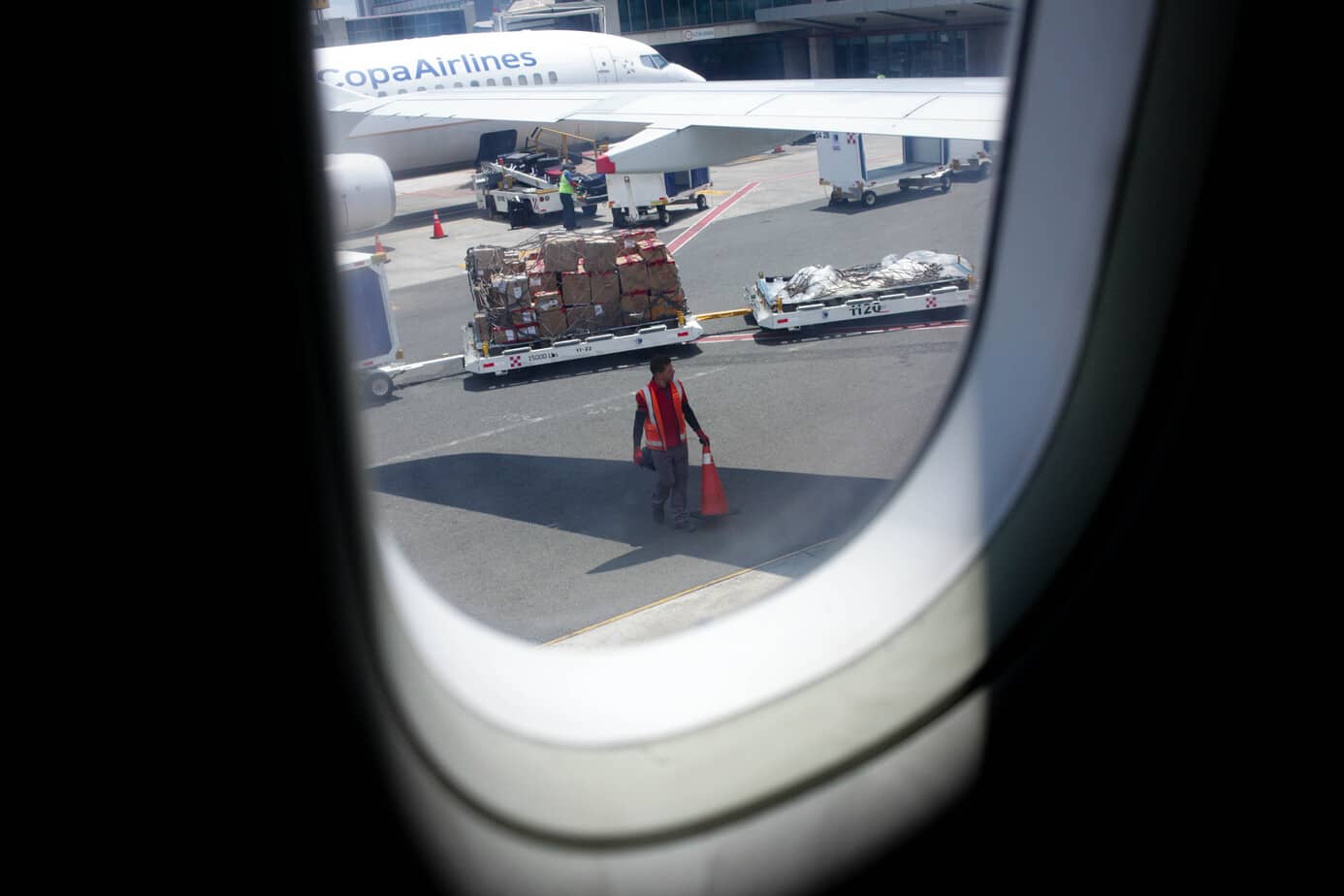Aviation authorities announced this week that non-scheduled flights will be diverted from Juan Santamaría International Airport (SJO) to Tobías Bolaños International Airport (SYQ) beginning Saturday, due to urgent safety concerns over runway oversaturation.
The decision comes after escalating flight volume has threatened the capacity limits of SJO’s runway over the past several weeks. According to Minister of Public Works and Transportation Luis Amador, despite assurances from airport operator AERIS Holding that operations remain normal, long lines and potential issues have still been reported as demand continues to surge.
Warnings Over Exceeded Capacity
Warnings over the saturated state of the airport were first raised over the weekend by Pedro Parada, President of the Union of Air Traffic Control Professionals (SITECNA). “Our analysis found that at peak times, SJO has exceeded the maximum capacity to continue operating safely,” said Parada.
Parada had previously cautioned that the airport risked collapse, especially on Saturday mornings. To illustrate the urgency of the situation, he provided concerning footage showing numerous aircraft queued on the tarmac awaiting departure approvals. Parada emphasized that the foundational tenets of aviation, including security, order and fluidity, must be protected.
Diversion Measure Takes Effect Jan. 13
The diversion measure announced by Minister Amador will begin this Saturday, January 13th. The minister explained that the move is essential to comply with strict aeronautical safety standards at SJO and prevent delays or cancellations of flights.
The flights impacted will be non-scheduled operations without set arrival or departure slots, such as private air taxi services. Amador expressed confidence that SYQ possesses the ideal facilities and capacity to take on these additional flights safely.
There is no word yet whether this development will accelerate proposals to build a new international airport in Orotina to relieve the strain on SJO. For now, aviation officials say that redistributing non-critical flights to alternate airports is the most prudent short-term solution to maintain stability. But they caution that traffic is expected to continue rising, necessitating longer-term capacity boosts.






